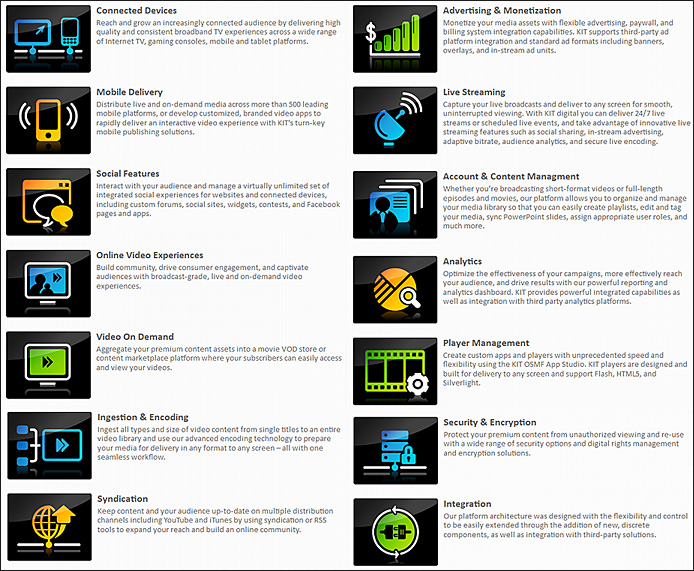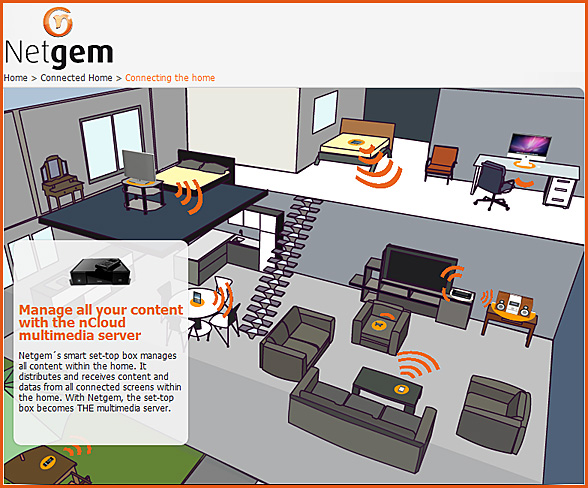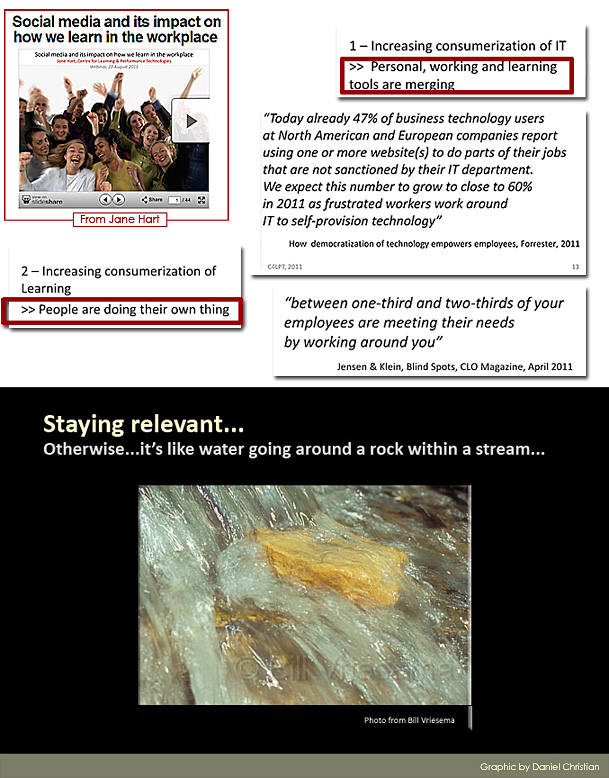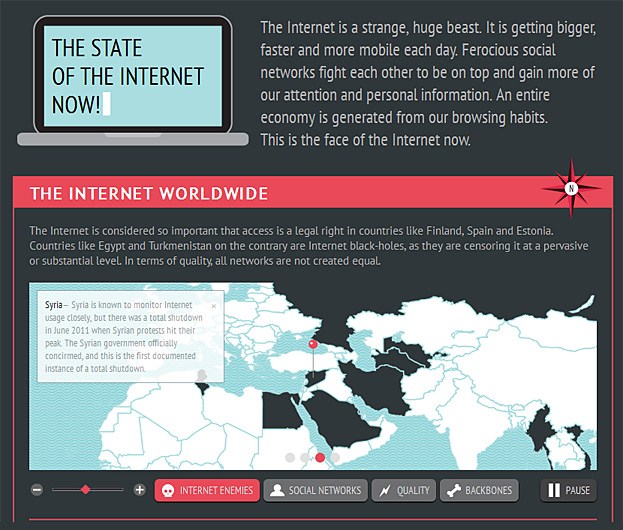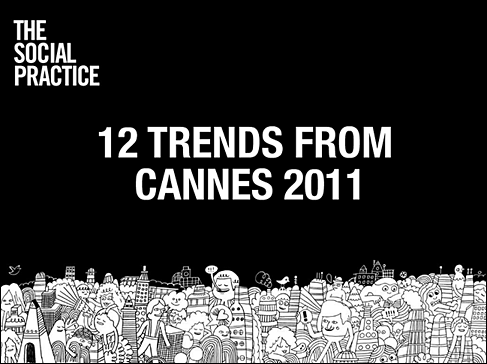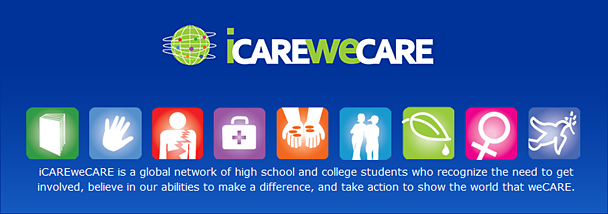Announcing the 2011 Social Media for Learning Report — from eLearningGuild.com
76% of organizations plan to use more social media for learning. What’s your strategy?
50 expert networking tips you should start using in school — from bestcollegesonline.com with thanks to Tim Handorf for the resource
From DSC:
One brief comment I want to add here is that I used to think networking was manipulative and bogus. But over time, I began to see that that was not the case (or at least it doesn’t have to be that way). Networking can be a great way to meet people, learn from others and find out more about what they do, identify talent in a variety of fields in case you are looking to hire someone, find out if you might be passionate about some discipline, get your foot in the door at a company/firm/etc. Also, networking comes to mind when I think of the lyrics to Bill Withers song:
Lean on me, when you’re not strong
And I’ll be your friend
I’ll help you carry on
For it won’t be long
‘Til I’m gonna need
Somebody to lean on
50 most social media savvy professors in America — from onlinecolleges.net by Jasmine Hall
Addendum:
Social networking meets problem solving — from MIT’s Technology Review by Tom Simonite
The website Jig wants to solve your needs—with a little help from your friends.
Social media and its impact on how we learn in the workplace — from C4PLT by Jane Hart
From DSC:
One reflection that jumped out at me from Jane’s excellent presentation…and that I believe is a universal truth:
If an organization doesn’t respond to changing conditions, needs, desires, preferences, best interests, and/or the requirements of its customers, that organization will diminish in usefulness and will most likely (albeit eventually) go out of business.
I know I’m not introducing a new thought here and the above statement seems very self-evident, but do we heed this advice in corporate L&D? Corporate IT? IT within higher education? In higher education as an industry?
Inkling 2.0: When a textbook becomes more than a textbook — from hackeducation.com by Audrey Watters
From DSC:
Audrey explores the trend that “books” are becoming more “app” like — and will likely be increasingly available as downloads via the Internet/cloud.
The Singularity: Five technologies that will change the world (and one that won’t) — from MaximumPC.com by David Gerrold; originally saw this in Steve Knode’s July 2011 Newsletter
Excerpt I want to comment on:
Now, let’s try a thought experiment. If we apply Moore’s law and assume that the rate of scientific advancement doubles at the same rate as the computer power that we apply to research, then we can project that we will likely accomplish a whole 20th century’s worth of scientific advancement in 5 years—by 2015. As the rate continues to double, we’ll accomplish a century’s work in 2.5 years, then 1.25 years, 7.5 months, 3 months and 3 weeks, then a smidge less than two months, one month, two weeks, one week, then 3.5 days, 1.75 days, and if you ignore Zeno’s paradox, by the end of 2020 we will be accomplishing a century’s worth of research every day, and two weeks later, every second. And after that…?
From DSC:
This is why it is critical that all of us are tapping into streams of content. We can’t be dealing with damned up “water” — but we need to access ever-flowing-streams of content. We need to learn how to learn — and like learning! We’ll also need to know how to manage learning agents in order to sort through the information overload coming at us.

Also mentioned in the above article:
- Graphene
- Robots
- Bio-Fabbing
- Universal Smart Tech
Also from Steve Knode:
- 10 technologies that will change the world in the next 10 years — from CIO.com by Julie Bort
3D printers, sensor networks, virtual humans and other technologies under development now will drastically change our world in the decade to come, according to Cisco chief futurist Dave Evans.
The Smart Worker: Learning continuously with social media — from Jane Hart
- Social TV
- Digital storytelling
- HTML 5 and the rise of web apps
- Collaboration and co-creation
- The power of real-time
- The rise of social business
- Designing for networks and understanding social spread
- Seamless integration across devices
- The power of the tangible / creating social objects
- The rise of the tablet
- Getting creative with players and browsers
- Socially connected objects
See also:
LinkedIn leaps (further) into the content game with SlideShare –– from FastCompany.com by E.B. Boyd
Excerpt:
Everyone knows LinkedIn as a networking tool. But slowly, it’s becoming a media publisher too–or at least a place to find great work-related content.
Back in March, Reid Hoffman’s crew launched LinkedIn Today, a way for businesspeople to share and discover great articles. Today, it announces a tighter integration with SlideShare, so folks can share and discover presentations, videos, and documents from that site.
Why we need less instruction — from Clive on Learning by Clive Sheperd
Excerpt:
Another reason you might back away from instruction as a strategy is because it is more efficient to provide how-to materials at the point-of-need – it isn’t learning that’s required, it’s performance support:
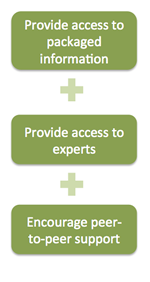
From DSC:
I originally saw this at:
- A Global Student Network-And Our Future — from forbes.com by Quentin Hardy
Excerpt:
Of course, the future belongs to the young. You get a decent look at it ahead of time, though, by watching how they build new ways seize it.
Earlier today a 17 year old named Priyanka Jain launched a student run nonprofit called iCAREweCARE, which is dedicated to helping high school and college students identify causes they care about, find local organizations that address those problems, and then write about their experiences, or connect with their friends over them. There is a Web site, and Facebook connections for rapid and deep information sharing.
The cause-centered orientation is praiseworthy. The implications of this kind of social platform, however, could be what proves really world-changing










